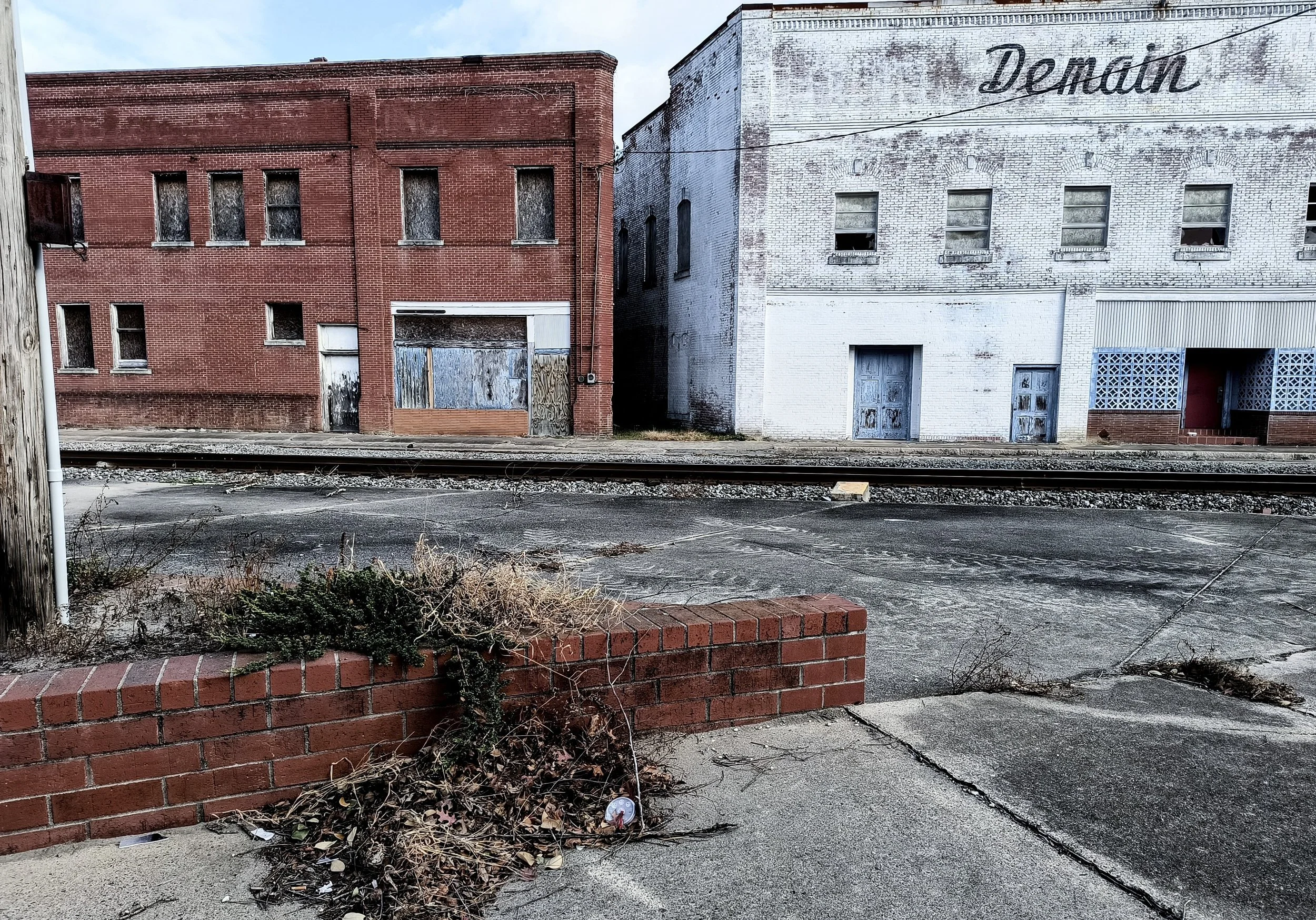‘DECOMP’
Photographer: HP Yater is a nonbinary artist and poet from Eastern North Carolina, where they were raised by two Northern parents, a white mother and black father. So their perspective is normally one that is not often thought of or even considered, but they are always there taking notes in various colorful notebooks. They graduated from Lenoir Community College in 2015 with an Associates in Liberal Arts, while also in high-school they were president of the creative writing club for four years.
DECOMP
Our courtship with Balloo the dead deer began the day after the four-door pickup swallowed up its life and continued South. It had swerved but—to our luck—veered back before hitting the pier of the concrete bridge that arched there across Ohio’s highway 52. No, we don’t know Ford or Chevy. We’re maggots.
The glorious summer heat melted Balloo’s meat cells until our mother blowflies picked up the scent and declared: home. And our mothers changed course from the week-old racoon carcass, already a planet exploited beyond the promise of new exploitation; hissing at the beetles there, lifting their prudish noses. No, only fresh for us. Only the freshest.
We began in the tear to its southern shank. We planted our flag, tilled the flesh and made it soft, harvestable. As we did our work, the red, four-door pickup that was maybe a Ford passed, pulled over a mile ahead, backed up until its exhaust nearly deafened our work, the sweetness of Balloo’s decay. A girl jumped from the backseat, observed our home. When she did not secrete her enzymes, liquidize Balloo into slurpable food, and when she did not drag her by the risen leg to be buried nearer her own hunting grounds, divided among her own pups, we knew not to trust her.
With a stick, she tried to fold the dried, pink tongue that drooped from Balloo’s mouth back behind her flat, tarry teeth. It didn’t stay, though. She saw us, and we saw her: her skin writhing with microbes, herself a walking planet. She jabbed the stick at our new bodies, slicing and scooping some of us from our home. Titan-handed, she swatted our mothers down. When the man in the truck made howling sounds, a noise that we could only surmise to be some form of language, the girl slipped a happy birthday balloon from her own wrist and transferred it to the back leg, which aimed heavenward by rigor mortis and not by helium. The balloon marked time like the sun, and Balloo also received her name in death.
Sometime after the first molt, the balloon began to sink, as manmade things are inclined to do. Lower, lower, until it kissed Balloo’s hoof if the winds were right. Yet around us, shells of ourselves enshrined the new world. Our mothers swarmed. Our heat buzzed, and we molted again. And again. And we grew each time, fulfilling prophecies, becoming what our mothers wished for us. Balloo’s tongue and eyes: meticulously removed by turkey vultures. Her neck, chest, thighs: chewed by the coyotes at night. We did not mind them. Our days were close. Someone stopped, pointed a camera at us. Moved an inch, pointed it at us again. Above, sideways. Again. Again. Again. We writhed in what we had created. They loved us. They wished only to be us. So close, we were, to knowing all there ever was to know.
But then she came again, riding in the red four-door that was maybe a Chevy. When the balloon was flat against Balloo’s thigh, its lettering a melted hap bir, its center buttoned with beak pecks, the girl’s face eclipsed the holy emptiness in the sky. She frowned. Yet some of us ascended: newly segmented bodies, translucent wings, vision. Our time was now. Now.
“Now,” the man howled, and the girl raised a square, salt-packed bag above Balloo. Our mothers cried, swarmed at her arms, her hands. Our risen ones tangled in her hair, slipped into her shirt collar, flicked at the open orifices on her face. But it did not matter. The man howled again, like the coyotes howling in their hunger, and we knew not to trust her. And she tilted the bag of salt onto us, saying, “I’m sorry, I’m sorry, I’m sorry.” And we didn’t know what that meant. We’re maggots.
Stacey Lounsberry’s work has appeared in Heavy Feather Review, Liminal Spaces, Appalachian Places, SBLAAM, Book of Matches, Clepsydra and others. Her flash fiction, “The Bet,” (first published by The Mersey Review) is a 2025 Best of the Net nominee (Sundress Publications). She is a full-time mother and writer, and holds a BFA in Creative Writing and an MAT in Special Education. Find her in Eastern Kentucky, online at www.sglounsberry.com, or on twitter @sglounsberry.
